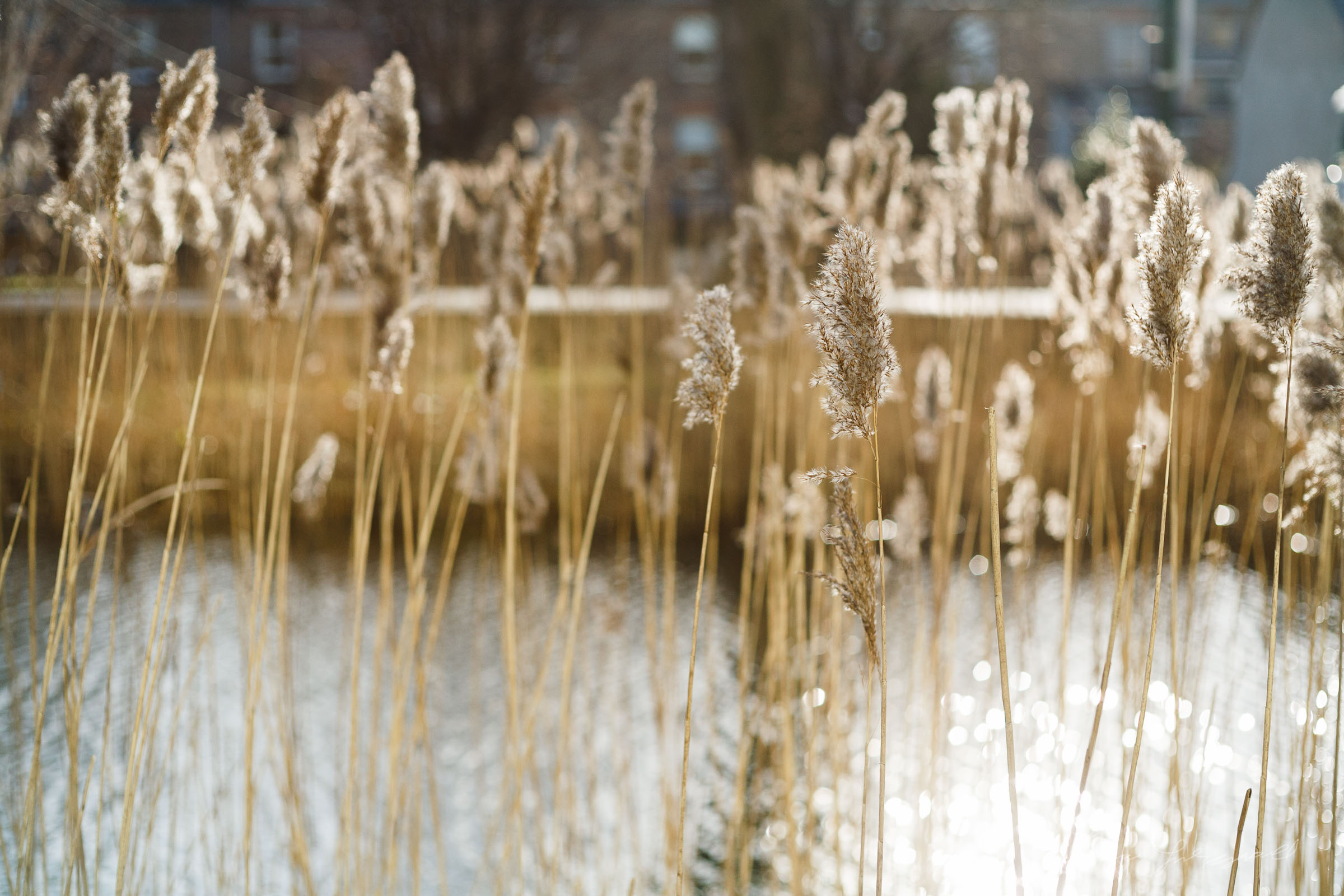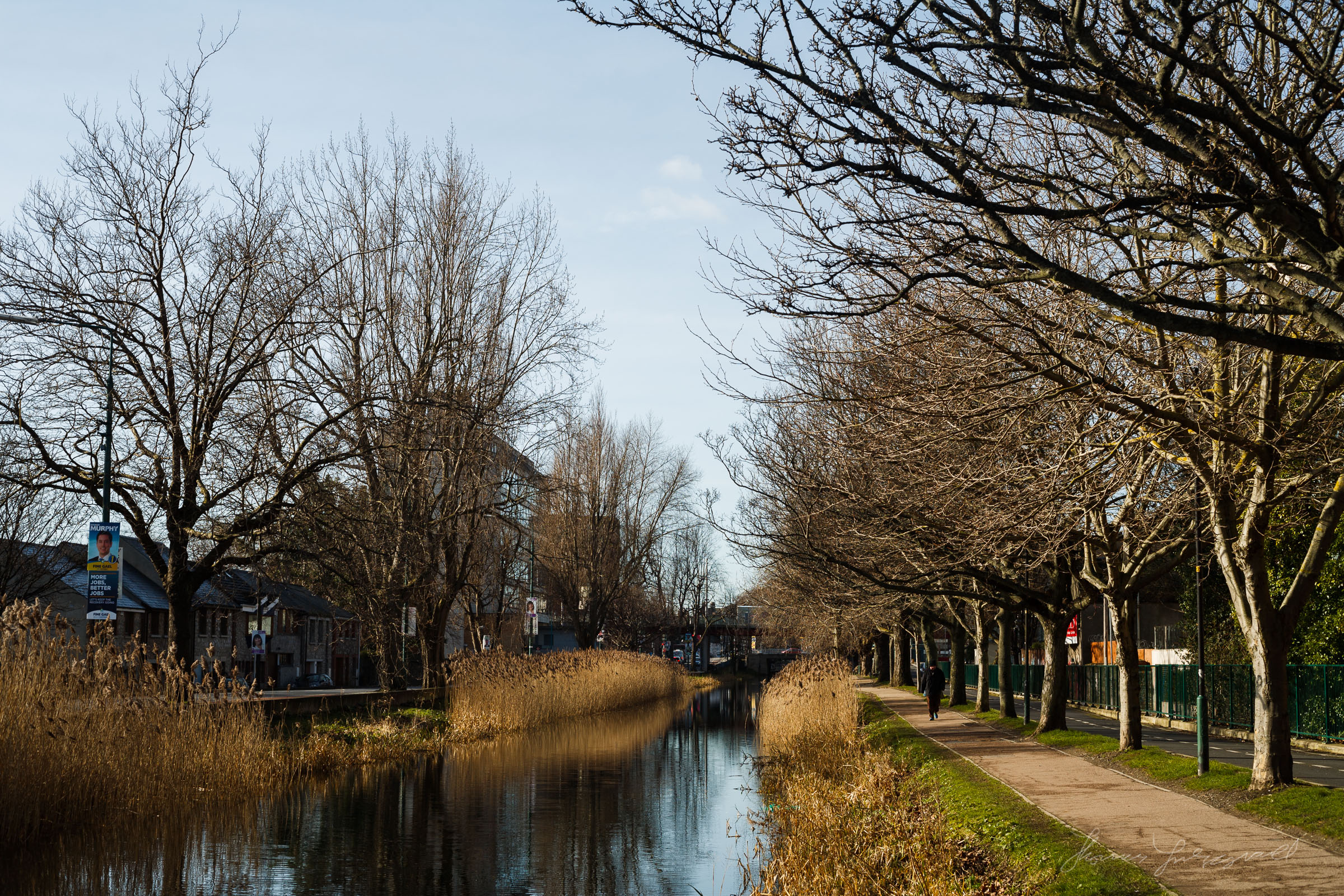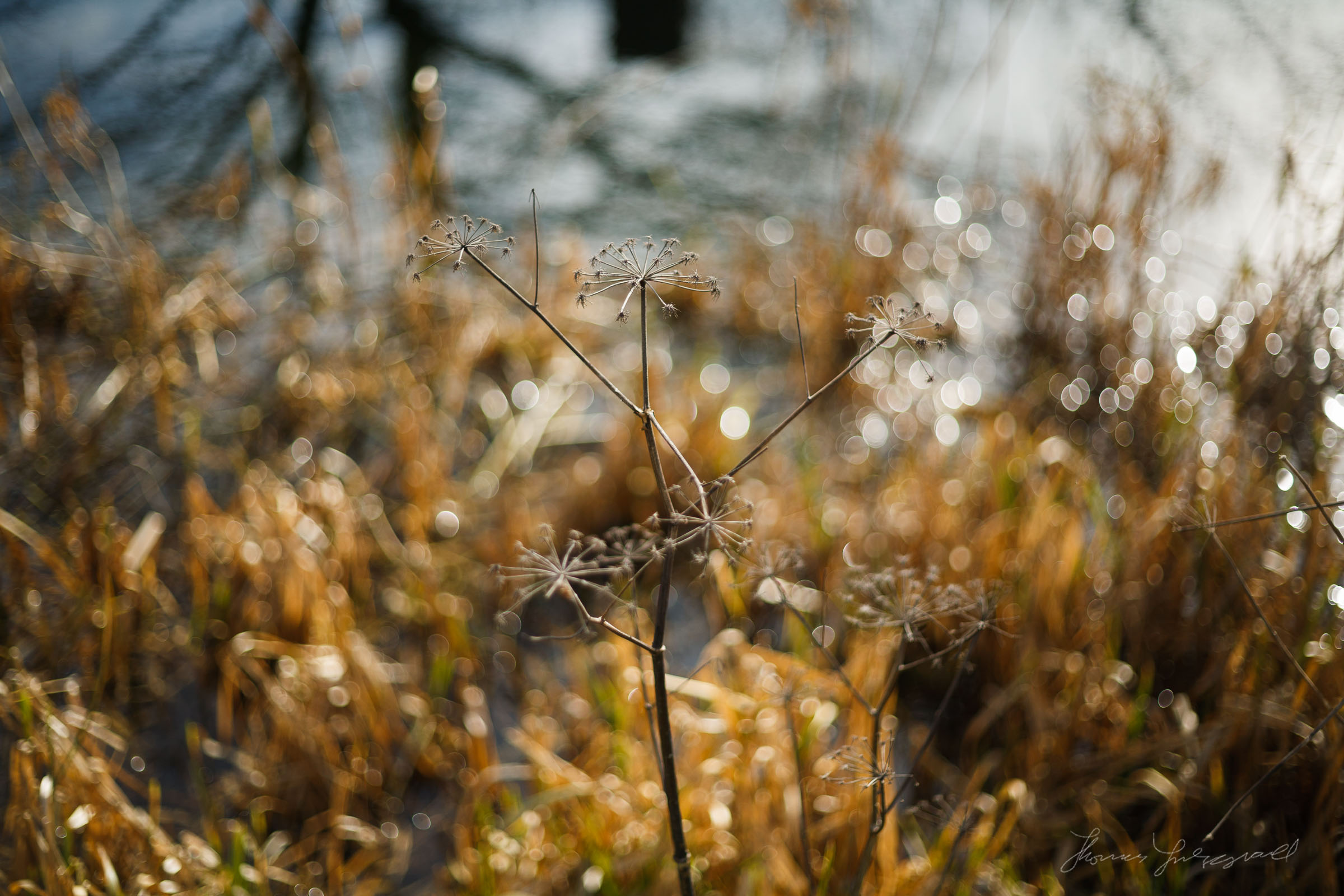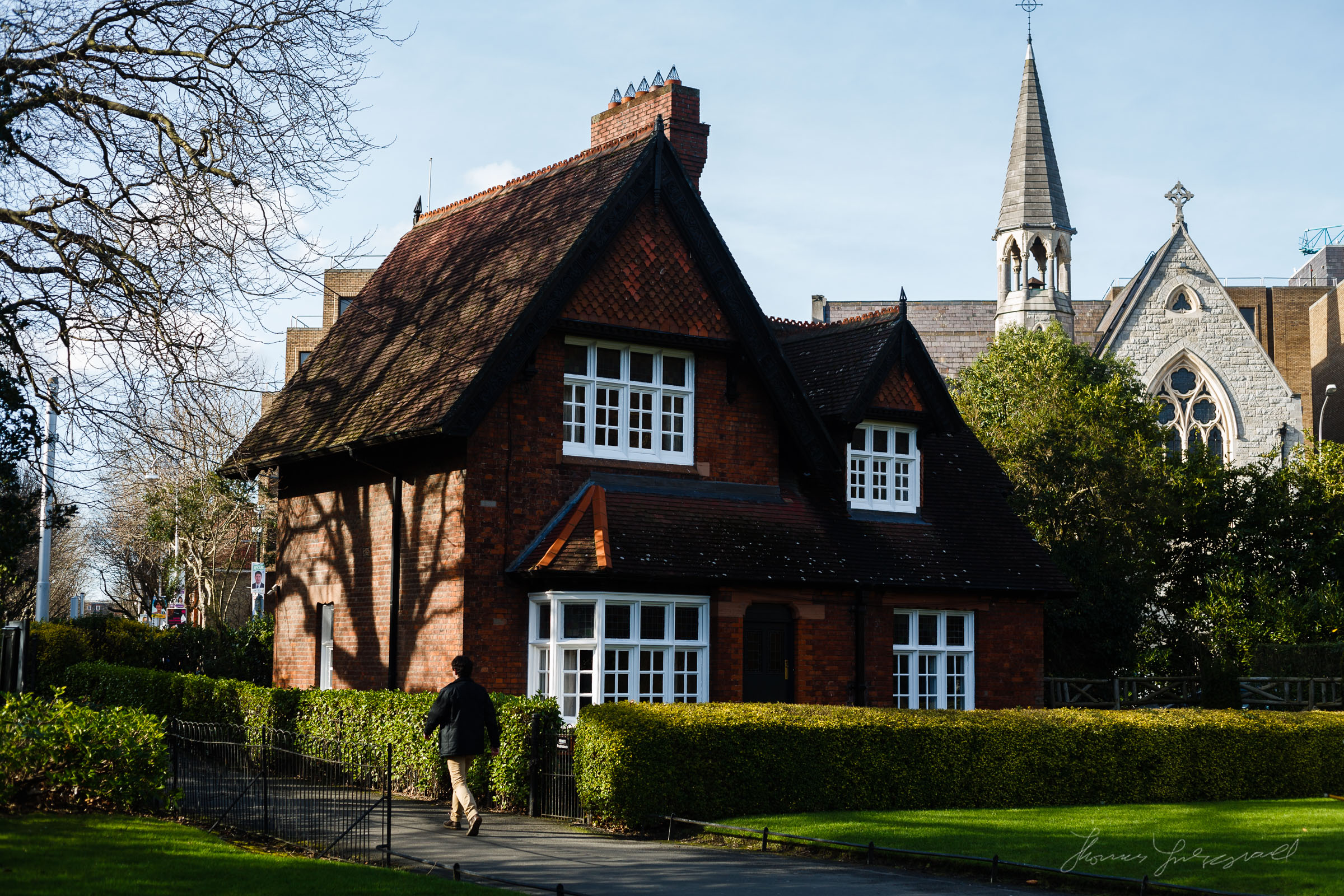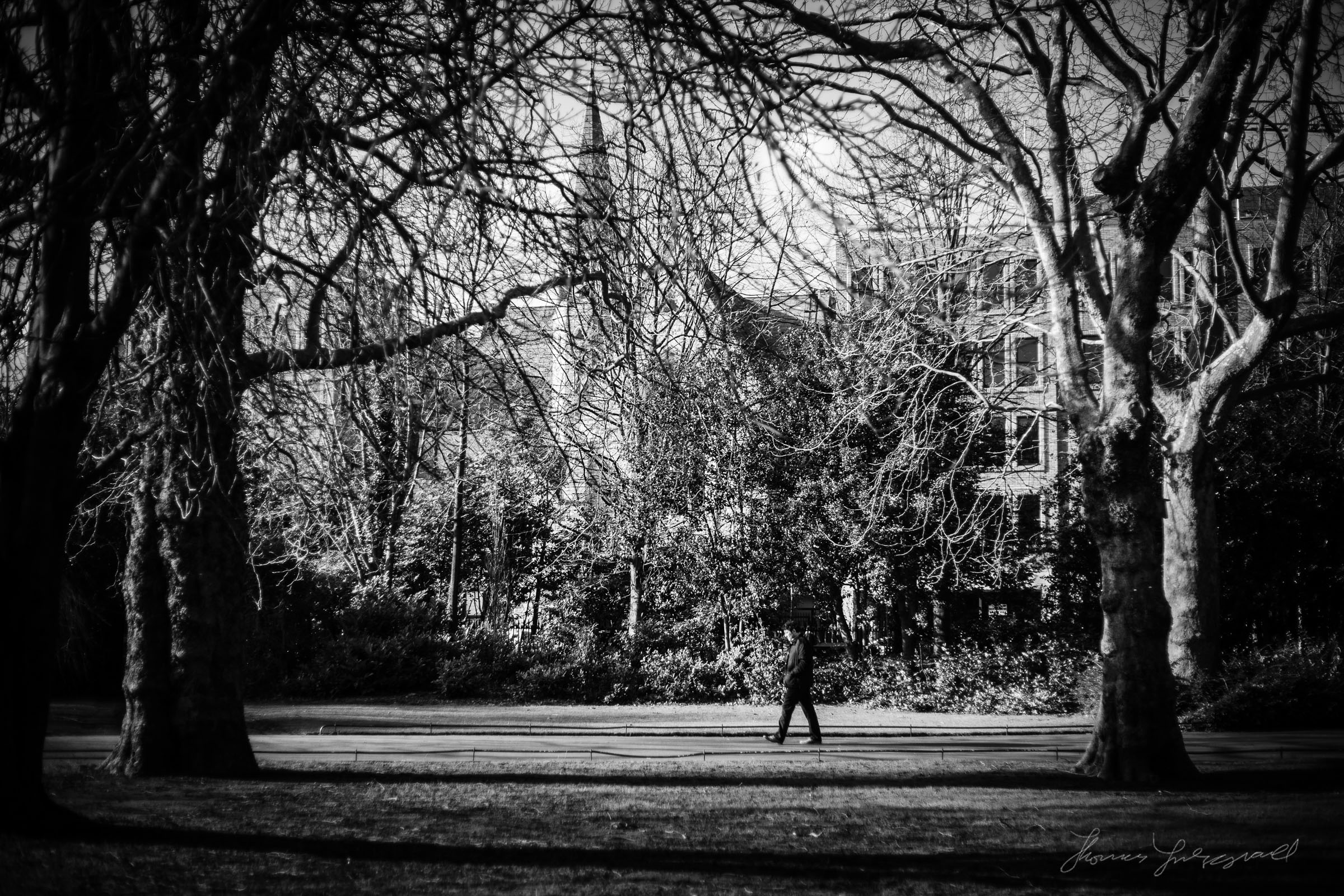Taking My Old Canon 5D Mark 1 Out For a Spin
I decided to take my oldest DSLR out for a spin yesterday, and so I dusted off my ten year old Canon Eos 5D (the first one), charged it up and headed out to see what it was like shooting with the camera. The 5D Mark 1 still takes good pictures (in terms of Image quality) compared to today's cameras. The sensor is still pretty good at low ISO, and can hold its own compared to modern equivalents. That aspect of the camera actually holds up pretty well. However, the actual shooting experience wasn't great.
I didn't go into this experiment with any bias. My original purpose of trying it out, was that I was planning to write an article on buying old cameras second hand and what bargains you might find. I have some great images taken with the original 5D, and after many years in storage, I wanted to see what it was capable of.
In terms of image quality, the original Canon 5D is still everything I remember it was. Images are rich and have a lovely colour about them. I actually prefer the look of images from the 5D Mark 1 to those of the 5D Mark II. I'm not quite sure what it is about them, but I always found the images from the original to be more filmic. It is lacking in dynamic range compared to modern cameras. You can definitely see that, however highlight roll off quite nicely, so you can get away with blowing the highlights a little more. Images are completely clean at ISO 100 and even though there is some shadow noise, it doesn't suffer from the pattern noise in the deep shadows that the sequel did. I have never tried the 5D Mark III so I don't know what that is like to compare it to (I only had the mark II) but from what I've heard the colours are more like the original than the Mark II
The experience of actually shooting with the 10 year old 5D was a less than pleasant experience. It was a combination of age of the device, and older technology that led me to this realisation. I had planned to shoot a lot more, but I found it very difficult for a number of reasons.
First there's the viewfinder. This was something that I've always had a problem with, but as I haven't used it in so long, I'd kind of forgotten about it. It was one of the main reasons that I moved on to a different camera years ago. When looking through the eyepiece, I can't see the whole frame at once. The optical design of the viewfinder means you have to squint around, and shift your eye in order to see the whole frame. It's even worse if you're wearing glasses like I am. I found it extremely difficult to frame shots because it was next to impossible to see the whole frame. I ended up having to take my glasses off and mash my face up against the viewfinder just to see what I was shooting properly, and even then it was difficult. I'm not sure what exactly this is, whether it's the magnification factor, or the pentaprism design, but it's very noticeable compared to modern viewfinders, or at least the one's I've used.
Then there's the information display under the screen. You can't see it in bright sunlight. It's not even that it's difficult to see, you actually can't see it at all. I always remember this being an issue, but I'm not sure if it's worsened with age.It makes it very hard to shoot with when you can't see the settings you're using. In order to check aperture, exposure and so on, I ad to take my eye away from the viewfinder and look at the lcd on the top of the camera. The problem is a combination of the display being too dim, and also, because of the viewfinder design, you have to shift your vision around to see it.
I had found this to be an issue on the 5D Mark II as well but it wasn't as bad. The viewfinder was easier to see but the display was still too dim. Even worse, it seemed to be programmed to dim in brighter light. As I mentioned earlier, I've never tried the Mark III, so I'm curious if this was addressed in the current iteration. If there are any Mark III shooters out there who have had the previous versions, I'd love to hear if the viewfinder has been improved.
Then there's the autofocus. I'd forgotten how bad this was. Apart from the few points clustered in the centre of the screen that aren't really spread out enough to be of any use, it's slow. It's in no way useable, but it's slow, especially compared to modern cameras.
Finally the rear screen has become unusable. I don't know if this is just a matter of age or if it was always like this, but I don't remember it being so bad. I'm guessing that the backlight is dying. Anyway whatever the cause, I could barely see the display in daylight. It was useless to judge exposure (which is important because the meter doesn't seem to be very accurate either) or even see basic information. At first I thought it wasn't working at all, but it was on, just very faint. It was this more than anything that put a stop to my experimentation. I had no real way of knowing what I was taking. I could barely judge the frame in the viewfinder, and I had no way to check it after the fact.
So what exactly is the point of this exercise? Well, there isn't one really other than the fact that it's interesting to see how far cameras have come in ten years. While some people will tell you that the improvements in gear don't mean anything to "real" photographers, I don't think that this is true in the real word. Camera technology really has come a long way in a short time. It's not necessarily about the sensor or image quality either, as even just the improvements in ergonomics and displays make a huge difference. You really don't realise just how much until you go back and use an older camera. I'm sure that there are lots of people out there still using the original 5D with no problems whatsoever, and I'm sure that some of these issues are down to physical ageing and wear and tear, but I'm also sure that the progress made in the years since the 5D was released is real and had a major impact on how we take pictures.
Another thing that I found interesting about this experience, is that I have no trouble using much older film cameras, but I found using the 5D difficult to work with. How much of that is just me, I don't know. As I said earlier, I'm sure there are people out there still using their original 5d cameras with no problems what so ever. In fact I'll probably get hate mail for writing this. Maybe if the screen was working a little better, I wouldn't have had as much difficulty, although I could never see the info display or the full viewfinder particularly well.
Incidentally, I still have a Canon Eos 5 film camera which works perfectly, and I still use occasionally without any of these kind of frustrations. I guess the conclusion of this experiment then is that DSLRs don't age as well as their film counterparts.
Help Support the Blog
If you want to get regular updates, and notices of occasional special offers, and discounts from my store, then please sign up for the Newsletter.
All of the work I do here, and the information on this blog is done entirely free of charge and takes up quite a bit of work. I want to spend more and more time on this blog, and offer more and more of this kind of information, tips and so on, so If you like what I'm doing here and want to show support, then you can do so by buying something from my Digital Download Store
I have Lightroom Presets, Photoshop ACR Presets, Textures and e-books all available for download.
If you're a Fuji X-Trans shooter and Lightroom user, check out my guide to post processing X-Trans files in Lightroom. I also have a guide for processing X-Trans files in Capture One


